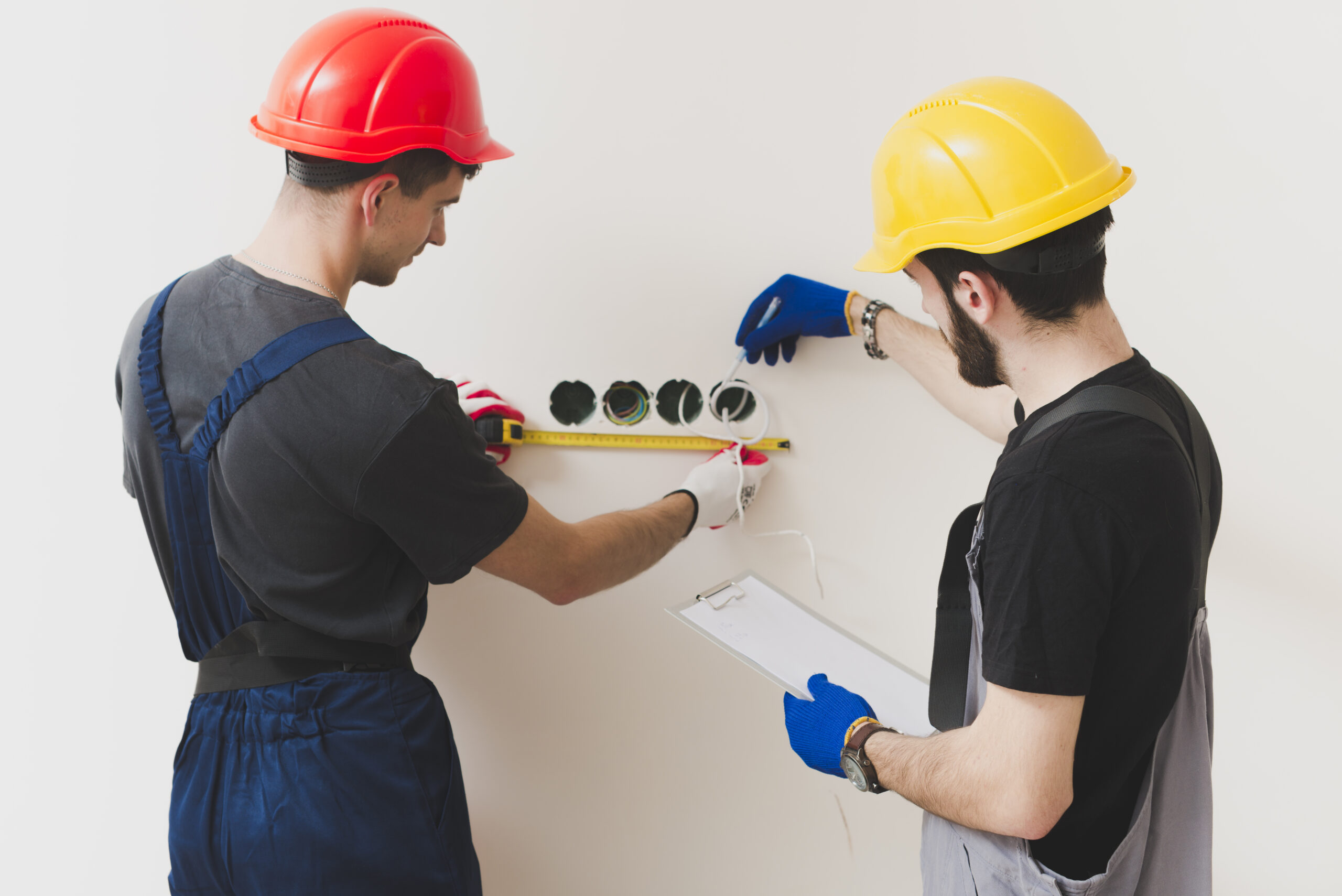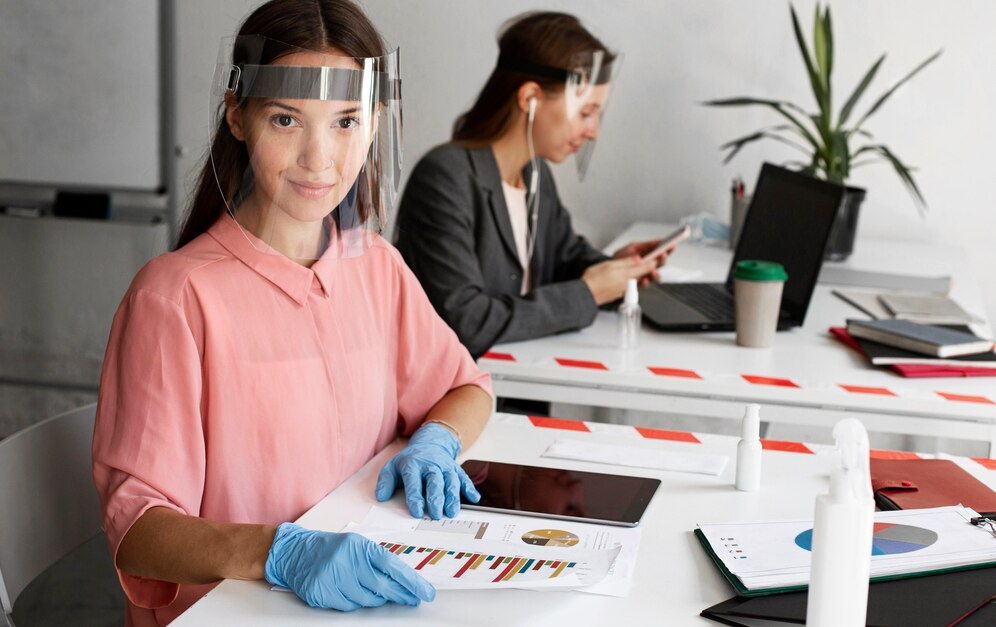X-ray fluorescence (XRF) testing has become an essential tool for industries ranging from mining to manufacturing. If you’re looking into material identification or elemental analysis, you’ve likely come across XRF testing. But how accurate is it? Let’s dive into this technology and break down what affects its accuracy, the advantages and limitations, and how it stacks up against other methods.
How XRF Testing Works
XRF testing uses X-rays to determine the elemental composition of a material. The process works by bombarding the sample with high-energy X-rays, causing the atoms in the material to emit fluorescent X-rays. These emitted X-rays have unique energies that correspond to specific elements, allowing the device to identify and quantify the elements present in the sample.
Here’s a quick breakdown of how it works:
- A sample is placed under an X-ray beam.
- The X-ray causes electrons to be displaced, emitting fluorescent X-rays.
- The emitted X-rays are analyzed based on their energy levels.
- The system matches these energy levels with known values to determine which elements are present.
Accuracy of XRF Testing
Is XRF testing accurate? The short answer: Yes, XRF is generally considered highly accurate, but several factors can affect the results.
Factors Affecting XRF Accuracy
- Sample Homogeneity: XRF testing is more accurate when the sample is uniform. If the material has layers or is uneven, it could lead to less reliable results.
- Surface Preparation: Contaminants or uneven surfaces can affect the test results. Ensuring the sample is clean and flat is critical.
- Calibration: Regular calibration of the XRF equipment is vital. Over time, detectors can drift, which can affect the accuracy of the results.
Is XRF Testing Reliable for Material Identification?
Yes, XRF is highly reliable for identifying a wide range of materials, especially metals, alloys, and some non-metallic substances. It’s often used in quality control for manufacturing and in compliance with environmental standards.
Advantages of XRF Testing
There are several reasons why industries rely on XRF testing:
- Speed and Efficiency: XRF provides results in real-time, making it one of the quickest methods for elemental analysis.
- Non-Destructive: One of the major benefits is that XRF testing doesn’t damage the sample, making it perfect for valuable materials like gold or precious metals.
Limitations of XRF Testing
No technology is perfect, and XRF has its share of limitations.
- Material Limitations: XRF may struggle with light elements such as lithium, beryllium, or boron. It’s also less effective for organic materials.
- Surface Contamination and Preparation: For accurate results, the sample surface must be properly cleaned. Dust, oils, or surface coatings can skew the results.
Calibration and Standardization
Calibration is critical for maintaining XRF accuracy. Without proper calibration, even small errors can lead to inaccurate results. XRF devices are usually calibrated using standard reference materials with known elemental compositions. Frequent calibration and adhering to manufacturer guidelines help maintain precision.
Comparing XRF with Other Testing Methods
When it comes to elemental analysis, how does XRF compare to other methods like Inductively Coupled Plasma (ICP) or Optical Emission Spectroscopy (OES)?
- XRF vs. ICP: ICP is more sensitive, particularly for detecting trace elements. However, it’s destructive and more time-consuming than XRF.
- XRF vs. OES: Optical Emission Spectroscopy can be more accurate for certain metals but usually requires more complex sample preparation.
Real-World Applications of XRF Testing
XRF Testing in Environmental Analysis
XRF is widely used for detecting pollutants in soil and water. Its ability to quickly identify harmful elements like lead makes it a valuable tool for environmental monitoring.
XRF in Manufacturing
In manufacturing, XRF ensures materials meet required specifications. Whether checking alloy composition or identifying impurities, XRF plays a crucial role in quality control.
XRF Testing in the Mining Industry
The mining industry uses XRF to detect and analyze minerals directly at mining sites. Portable XRF devices allow for immediate analysis of ore samples, helping geologists make quick decisions. However, accuracy can vary based on the mineral matrix and the operator’s expertise.
XRF Testing for Precious Metals
Jewelry and precious metal industries often use XRF to assess the purity of metals like gold and silver. It’s a fast, non-destructive way to ensure that jewelry meets purity standards. The accuracy in this field is generally excellent, though minor surface contamination can affect results.
XRF Testing in Consumer Goods
XRF technology helps ensure the safety of consumer products like electronics. Lead detection in toys and electronic devices is a common application. Regulatory compliance is essential in this field, and XRF helps manufacturers meet stringent safety requirements.
How to Improve XRF Testing Accuracy
To get the best results from XRF testing, follow these practices:
- Proper Sample Preparation: Ensure the sample surface is clean and smooth.
- Calibration: Regular calibration of the device is essential.
- Operator Training: A well-trained operator can significantly reduce errors in testing.
Future of XRF Technology
As technology advances, XRF is becoming more portable and user-friendly. Emerging trends include AI integration for automatic calibration and data analysis, making the process even more efficient and accurate.
FAQs About XRF Testing
- What materials can XRF not test accurately? XRF struggles with light elements like lithium and boron, and it’s not ideal for organic compounds.
- Can XRF detect low-concentration elements? Yes, but its sensitivity depends on the concentration and the element. For trace elements, other methods like ICP might be more accurate.
- Is XRF testing destructive? No, XRF testing is non-destructive, making it ideal for valuable materials.
- How often should XRF equipment be calibrated? Ideally, calibration should be done before each session or at regular intervals based on the manufacturer’s recommendations.
- Can XRF testing be used for liquids? Yes, XRF can be used to analyze liquids, though the process requires special sample preparation and equipment.
Conclusion
XRF testing is a versatile and accurate method for material identification and elemental analysis. While it does have some limitations, particularly with certain light elements, its speed, non-destructive nature, and reliability make it invaluable across numerous industries. As long as proper calibration, surface preparation, and operator expertise are in place, XRF provides highly accurate results, making it a trusted tool in fields ranging from mining to consumer goods.






